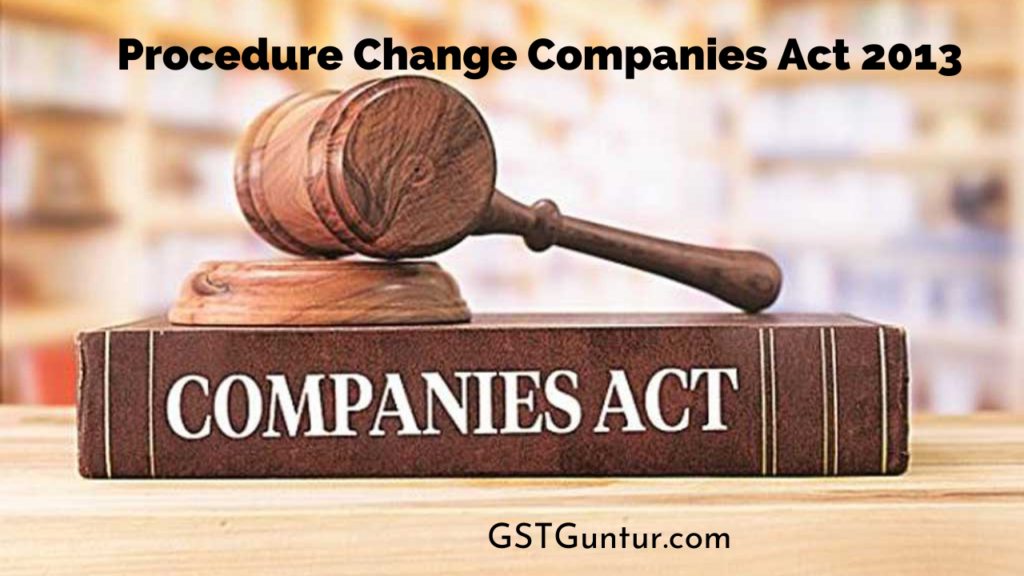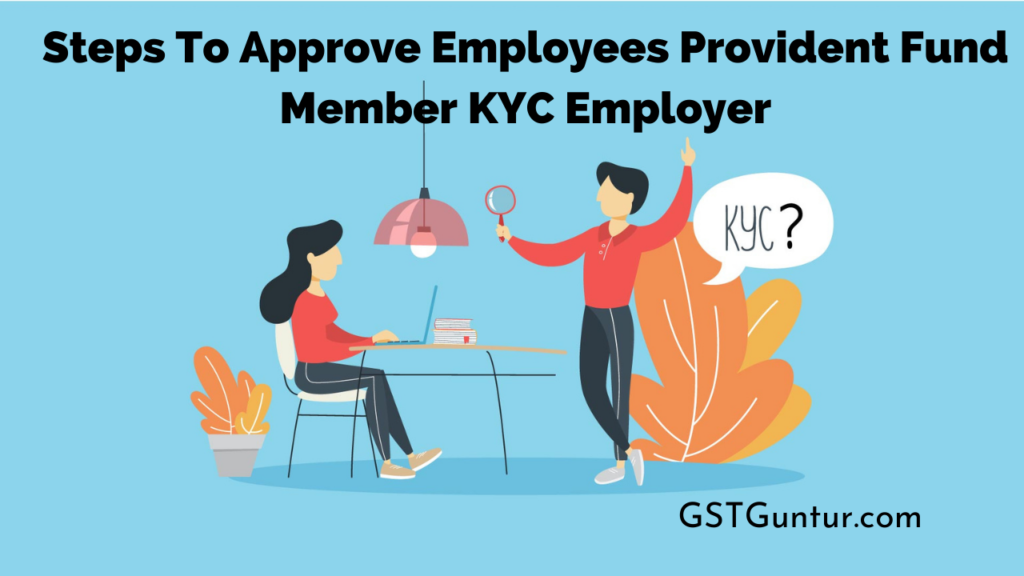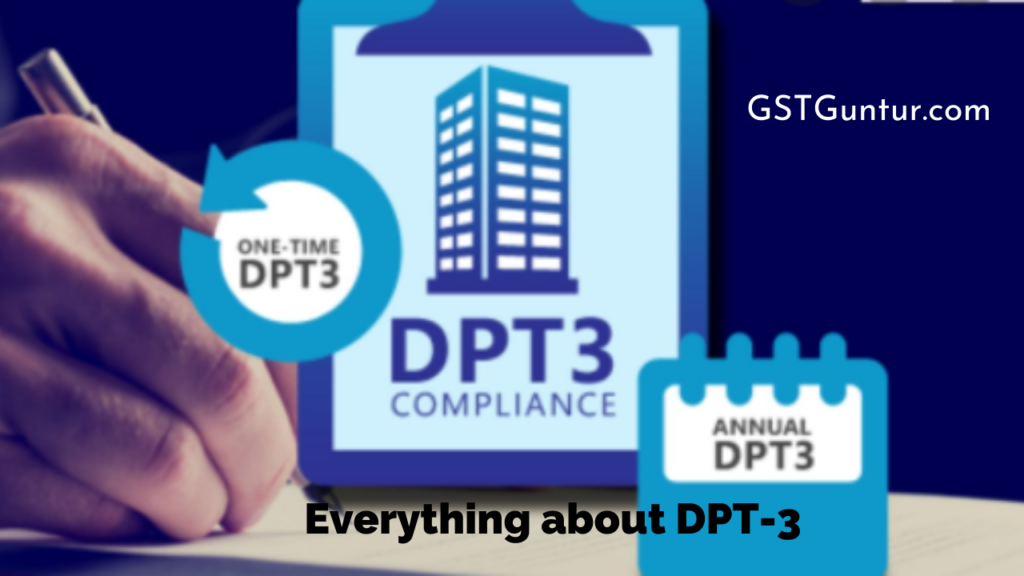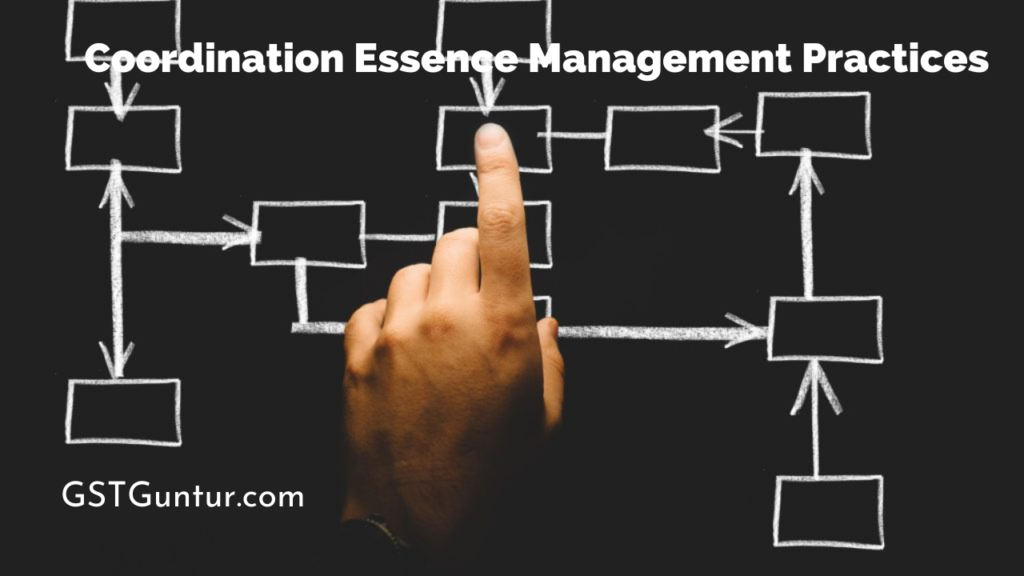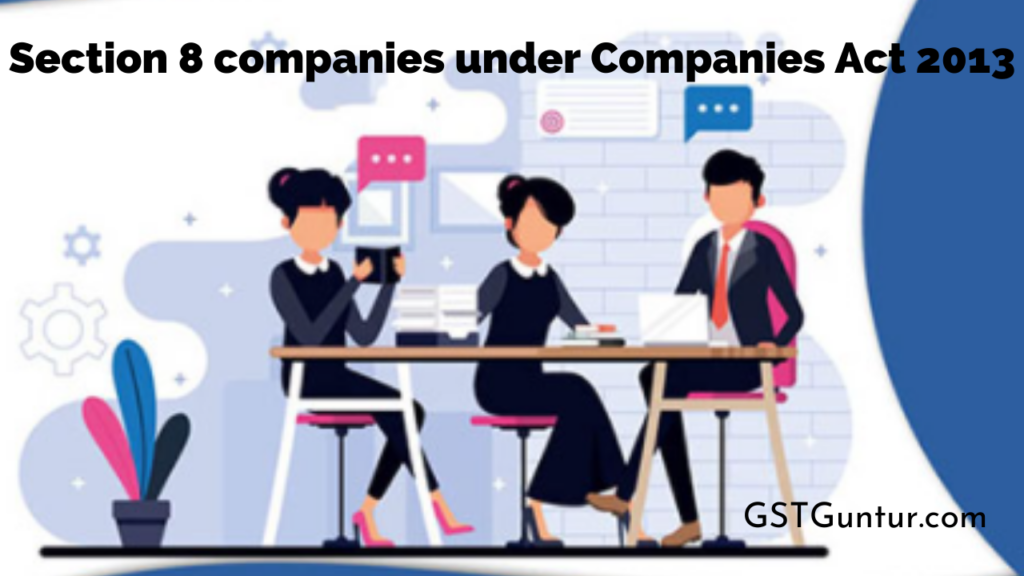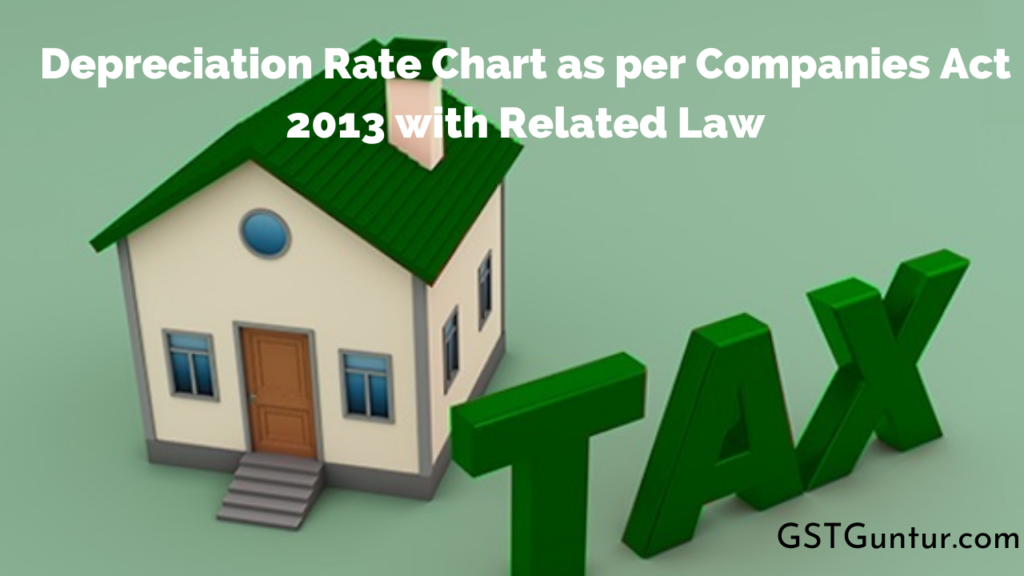Dissolution Partnership Firm Settlement Accounts Dissolution
Dissolution Partnership Firm Settlement Accounts Dissolution: When the relationship between the partners has ended or terminated, then the partnership firm is said to be dissolved. Under such circumstances, the firm ceases to exist. The dissolution of a partnership firm is dissimilar to the dissolution of a partnership. The process of dissolution includes paying off liabilities and disposing of the assets. The firm stops all of its activities, and the partners have no relationship with each other.
- Reasons for the termination of the partnership agreement
- What is the dissolution of the firm as per section 39 of The Partnership Act of 1932?
- In the following ways, the dissolution of the partnership firm can take place
- Settlement of accounts on dissolution
Reasons for the Termination of Partnership Agreement
In the event of the dissolution of a partnership, the termination of the partnership agreement among the partners is due for the following reasons:
- Admission of a new partner
- Retirement or death or insolvency of an existing partner
- Change in the current profit ratio
- On the accomplishment of a certain venture for which the partnership was formed.
- On the expiration of the period for which the partnership was formed.
By entering into a new agreement, the existing partners can continue the business. The dissolution of a partnership means a modification in the partnership. The dissolution of a partnership firm means the discontinuation of a firm’s business. Even without the dissolution of the firm, a partnership can be dissolved.
What is the Dissolution of the Firm as per Section 39 of The Partnership Act of 1932?
As per Section 39 of The Partnership Act of 1932, “dissolution of the firm” means dissolution of the partnership between all the partners within the firm.
Following this, a partnership firm is unable to do any kind of business activity. It can only discharge the partners’ claims, pay off the liabilities and do asset disposal for the firm to realize the amount.
In the Following Ways, the Dissolution of Partnership Firm Can Take Place
- Dissolution by Agreement: If all the partners agree to the dissolution, the firm may be dissolved.
- Dissolution by notice: When at will a partnership is designed, if any one of the partners provides written notice to the other partners stating their intention of dissolving the firm, then the firm dissolution may occur.
- Contingent Dissolution: Under this way, the dissolution of a partnership firm may happen based on any one of the following contingencies:
- If the partnership is established for a fixed term, then at the expiry of the period.
- On the accomplishment of a certain venture for which the partnership was established.
- On a partner’s death.
- On a partner’s insolvency
- Compulsory Dissolution: The firm’s compulsory dissolution will take place if:
- One partner or all the partners becomes insolvent.
- The firm’s business became illegal for some reason.
- The firm’s business becomes unlawful due to the occurrence of an event.
- Dissolution by Court: The partnership firm’s dissolution is ordered by the court on the following grounds:
- When a partner becomes insane,
- When a partner becomes unable to perform their duties as a partner,
- When a partner is guilty of misconduct, it is more likely to affect the reputation and business of the firm.
- When a partner breaches the partnership agreement,
- When a partner transfers their entire interest or shares in the firm to a third party,
- When the firm’s business cannot carry on except at a loss,
- When the court’s opinion about the dissolution of the firm is fair and unbiased on any ground.
Settlement of Accounts on Dissolution
As stated by Section 48 of the Indian Partnership Act of 1932, the following procedure is to be followed to settle accounts between partners after the dissolution of the firm:
- Losses, including inefficiencies of capital, will be first paid out from the profits, then from the capital, and, if essential, by the individual contribution of the partners in the ratio of their profit-share.
- The assets of the firm, comprising of any sum contributed by the partners to make up for the insufficiency of capital, will apply in the following manner:
Payment of:
- The firm’s debts to third parties
- Advances and loans given by the partners
- Capital contributed by the partners
If any remains, it is going to be divided among the partners in their profit-sharing ratio.

